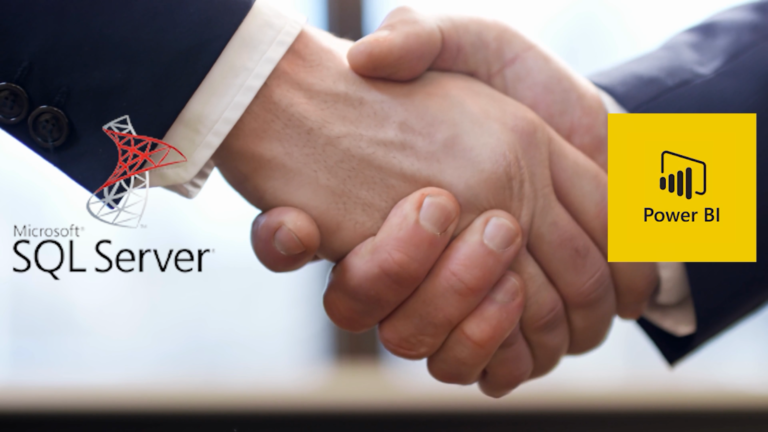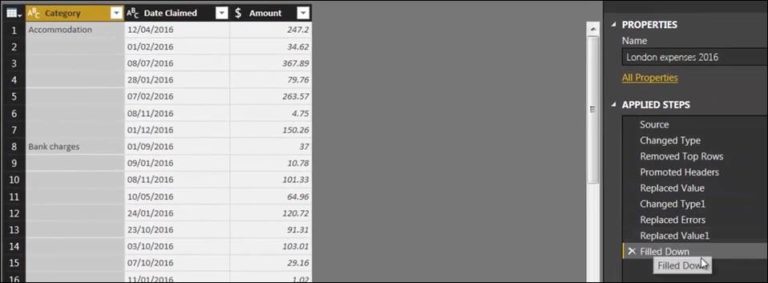Dataflows
Connecting to a data source is a critical aspect of any data analysis process. It is the first step in building a data model, which forms the backbone of data visualizations and insights. In Power BI, there are different ways to connect to data sources, and one of the most powerful is through Dataflows. Dataflows are a feature in Power BI that allows you to extract, transform, and load data from a variety of sources.
Power Query is the engine behind Dataflows, and it uses a language called M to perform data transformations. In this article, we will explore how to connect to the Dataflows data source from inside Power BI using Power Query M language code.
Understanding Power Query M Language
Power Query M is a functional, case-sensitive language that is used to transform and shape data. It is similar to other programming languages like Python, R, and SQL. However, unlike these languages, it is designed specifically for data transformations. Power Query M is used in Power BI, Excel, and other Microsoft products.
One of the key benefits of Power Query M is that it allows you to create reusable code that can be used across multiple reports and data models. This can save you a lot of time and effort in the long run.
Connecting to Dataflows Data Source
To connect to the Dataflows data source from inside Power BI, you need to follow these steps:
1. Open Power BI Desktop and click on “Get Data” on the Home tab.
2. In the “Get Data” window, select “Power Platform” and then select “Power BI Dataflows.”
3. In the “Power BI Dataflows” window, select the workspace that contains the dataflow you want to connect to.
4. Select the dataflow you want to connect to and then click “Connect.”
5. Power Query Editor will open, and you can now write the Power Query M language code to transform the data.
Writing Power Query M Language Code
To write Power Query M language code, follow these steps:
1. In Power Query Editor, select the “Advanced Editor” option in the “View” tab.
2. The Power Query M language code editor will open, and you can start writing your code.
3. The code should start with a statement that defines the source of the data. For example:
`let
Source = PowerBI.Dataflows(null, [workspaceId = “workspaceId”, dataflowId = “dataflowId”])
in
Source`
4. Replace “workspaceId” and “dataflowId” with the respective values for your dataflow.
5. You can now use any of the Power Query M functions to transform the data. For example, to filter rows based on a condition, you can use the “Filter Rows” function:
`let
Source = PowerBI.Dataflows(null, [workspaceId = “workspaceId”, dataflowId = “dataflowId”]),
#”Filtered Rows” = Table.SelectRows(Source, each [column_name] = “value”)
in
#”Filtered Rows”`
6. Replace “column_name” and “value” with the respective values for your filtering condition.
7. Save your code and close the Power Query Editor.
Conclusion
Connecting to a data source is a critical step in data analysis, and Power Query in Power BI provides a powerful way to achieve this. In this article, we explored how to connect to the Dataflows data source from inside Power BI using Power Query M language code. We also discussed the basics of Power Query M language and how to write code to transform data. By mastering Power Query M language, you can unlock the full potential of Power BI and build robust, insightful data models.









